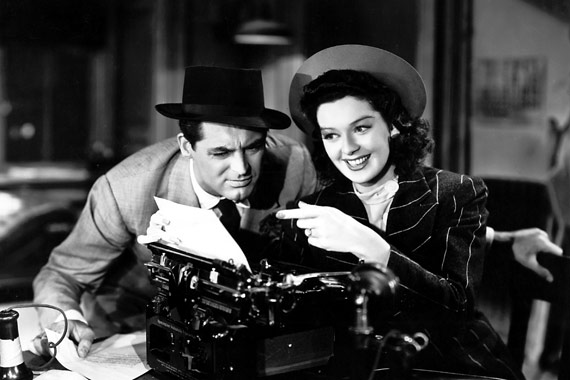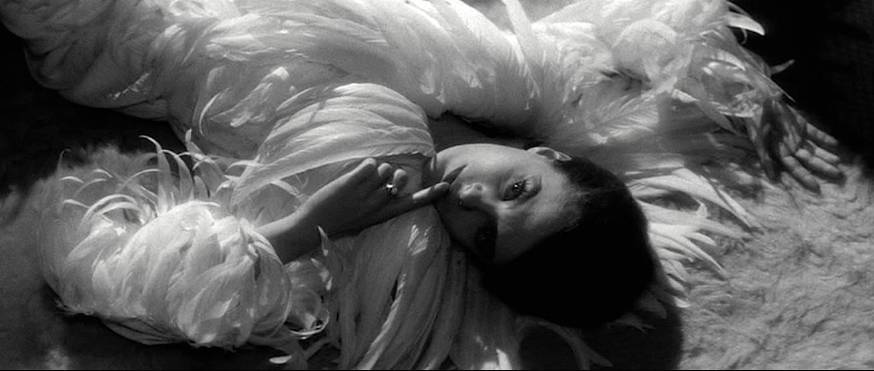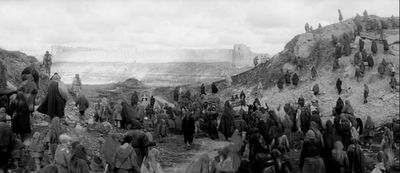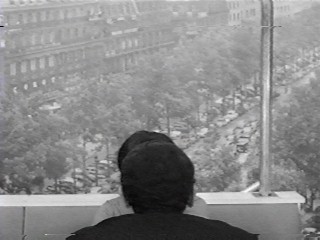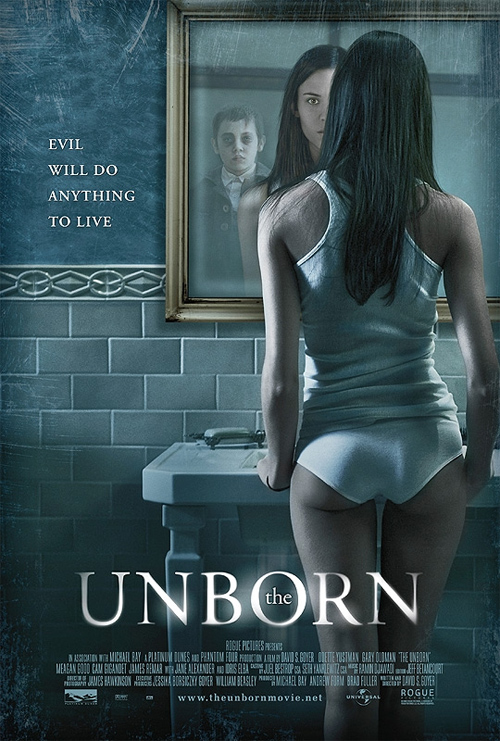

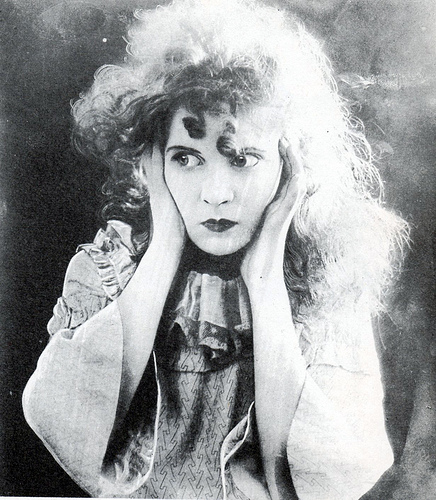 29-
The viewer's activity is mostly ignored by mimetic and enunciation
theories. The spectator is conceived as a "victim or dupe of
narratorial illusion-making". —"A film, I shall suggest does not
'position' anybody. A film uses the spectator to execute a definable
variety of operations". [In my view these are just alternative ways of putting it].
29-
The viewer's activity is mostly ignored by mimetic and enunciation
theories. The spectator is conceived as a "victim or dupe of
narratorial illusion-making". —"A film, I shall suggest does not
'position' anybody. A film uses the spectator to execute a definable
variety of operations". [In my view these are just alternative ways of putting it].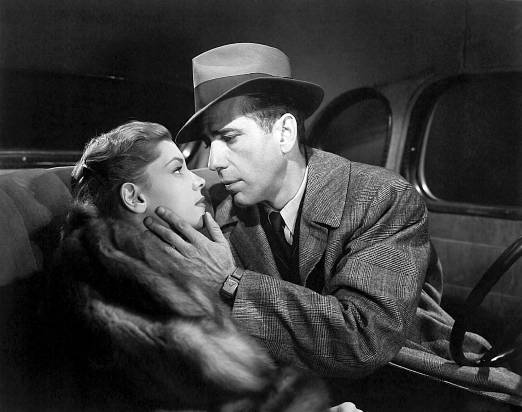 65- "The Big Sleep
is a detective film in which the interest of constructing the
investigation fabula takes precedence over the construction of a
coherent crime fabula". In the detective film, brief marks of
unrestricted narration function to enhance curiosity and suspense;
elsewhere it is the detective's knowledge that we share, and similarly
his informational restriction. In The Big Sleep,
music often reflects Marlowe's understanding of the scene. "To a great
extent, our 'identification' with a film protagonist is created by
exactly this systematic restriction of information". In fact,
omniscient narration is restricted for a specific purpose:
65- "The Big Sleep
is a detective film in which the interest of constructing the
investigation fabula takes precedence over the construction of a
coherent crime fabula". In the detective film, brief marks of
unrestricted narration function to enhance curiosity and suspense;
elsewhere it is the detective's knowledge that we share, and similarly
his informational restriction. In The Big Sleep,
music often reflects Marlowe's understanding of the scene. "To a great
extent, our 'identification' with a film protagonist is created by
exactly this systematic restriction of information". In fact,
omniscient narration is restricted for a specific purpose: